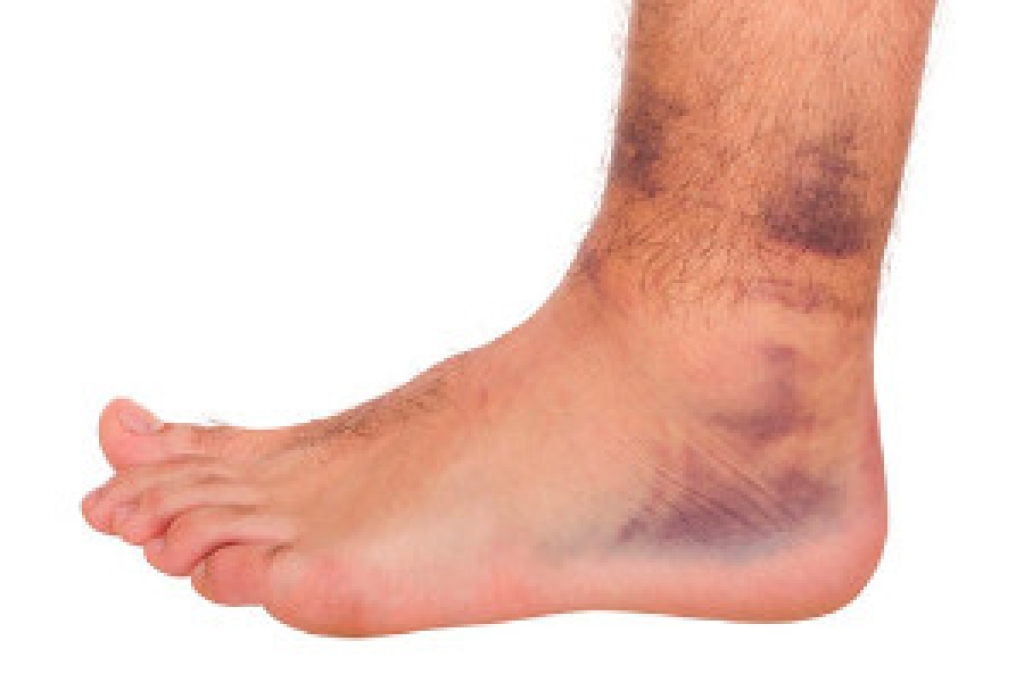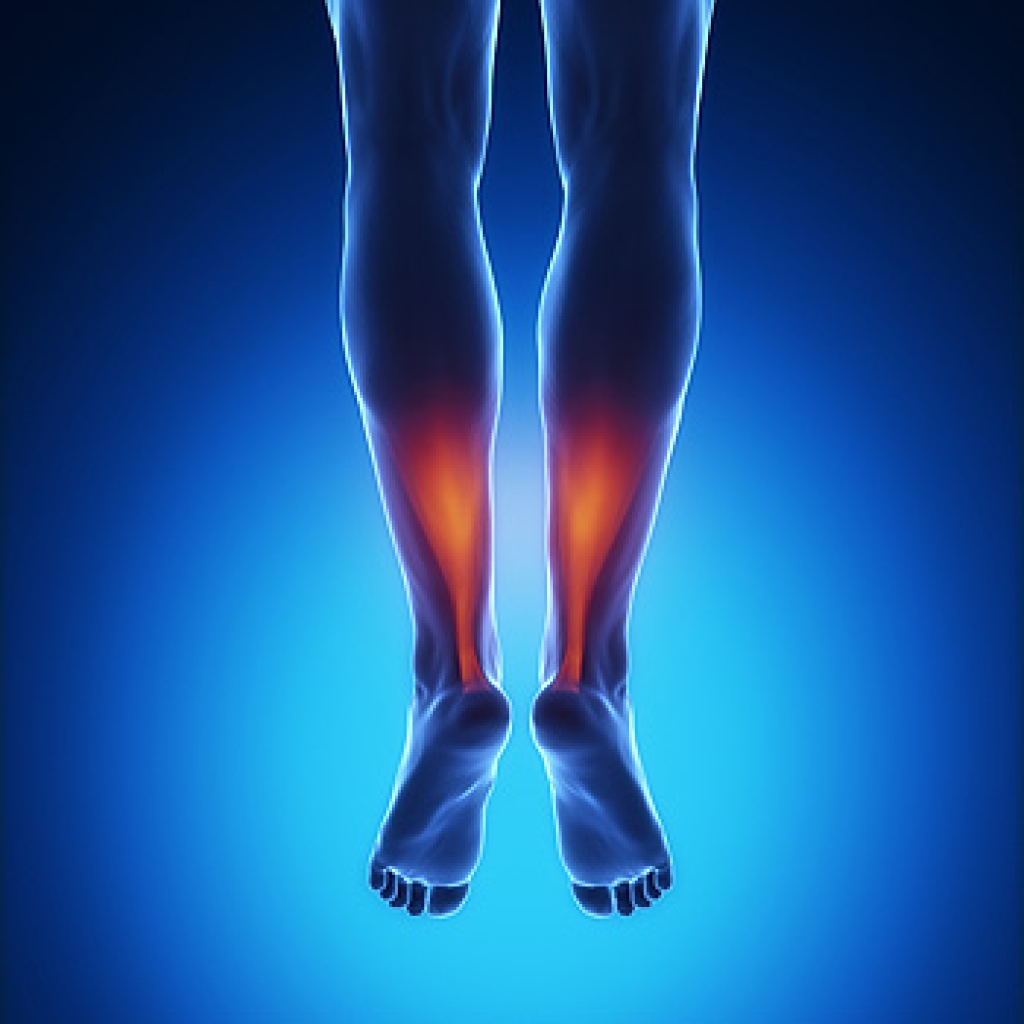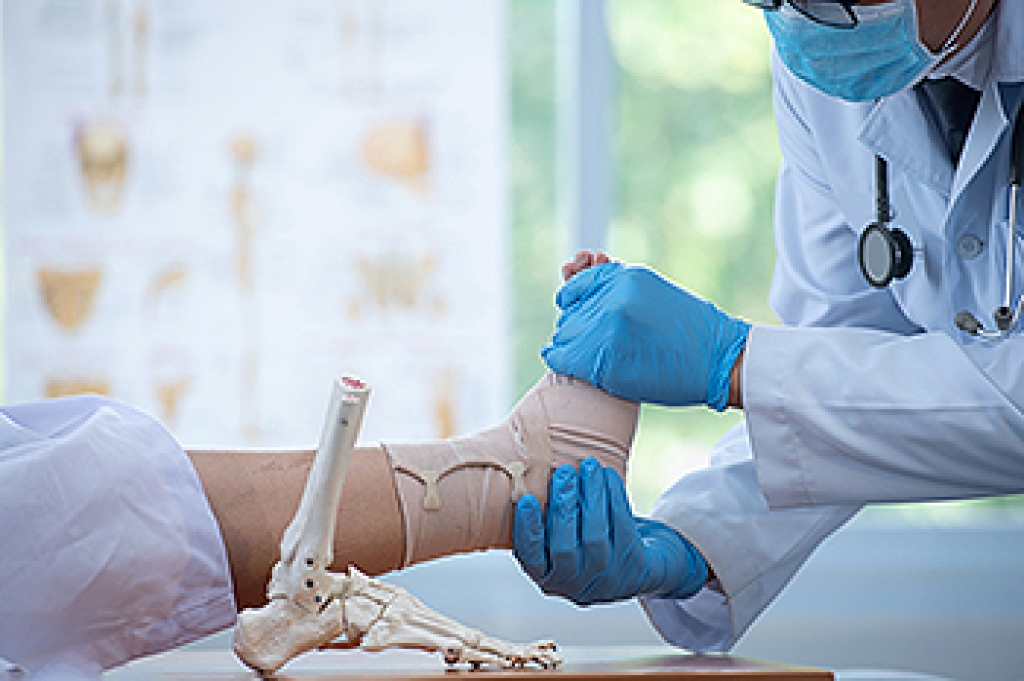 A common ailment that many pregnant women is swollen ankles. Mild swelling is considered to be normal during pregnancy, and can happen as a result of pressure the growing baby exerts on the body. Relief can be found by elevating the feet as often as possible, and it can help to sleep on the left side. Additionally, drinking plenty of fresh water, exercising regularly, and avoiding crossing the legs may bring comfort during pregnancy. Swimming can be beneficial as it keeps the body cool while exercising. If your feet are uncomfortable during pregnancy, and completing daily activities becomes difficult, please consult with a podiatrist who can examine the feet, and offer additional comfort tips.
A common ailment that many pregnant women is swollen ankles. Mild swelling is considered to be normal during pregnancy, and can happen as a result of pressure the growing baby exerts on the body. Relief can be found by elevating the feet as often as possible, and it can help to sleep on the left side. Additionally, drinking plenty of fresh water, exercising regularly, and avoiding crossing the legs may bring comfort during pregnancy. Swimming can be beneficial as it keeps the body cool while exercising. If your feet are uncomfortable during pregnancy, and completing daily activities becomes difficult, please consult with a podiatrist who can examine the feet, and offer additional comfort tips.
Pregnant women with swollen feet can be treated with a variety of different methods that are readily available. For more information about other cures for swollen feet during pregnancy, consult with one of our podiatrists from Houston Foot and Ankle. Our doctors will attend to all of your foot and ankle needs.
What Foot Problems Can Arise During Pregnancy?
One problem that can occur is overpronation, which occurs when the arch of the foot flattens and tends to roll inward. This can cause pain and discomfort in your heels while you’re walking or even just standing up, trying to support your baby.
Another problem is edema, or swelling in the extremities. This often affects the feet during pregnancy but tends to occur in the later stages.
How Can I Keep My Feet Healthy During Pregnancy?
- Wearing orthotics can provide extra support for the feet and help distribute weight evenly
- Minimize the amount of time spent walking barefoot
- Wear shoes with good arch support
- Wear shoes that allow for good circulation to the feet
- Elevate feet if you experience swelling
- Massage your feet
- Get regular, light exercise, such as walking, to promote blood circulation to the feet
If you have any questions, please feel free to contact our offices located in Kingwood, Humble, The Woodlands, and Conroe, TX . We offer the newest diagnostic and treatment technologies for all your foot care needs.




